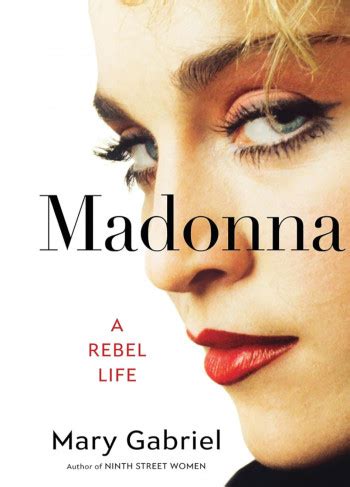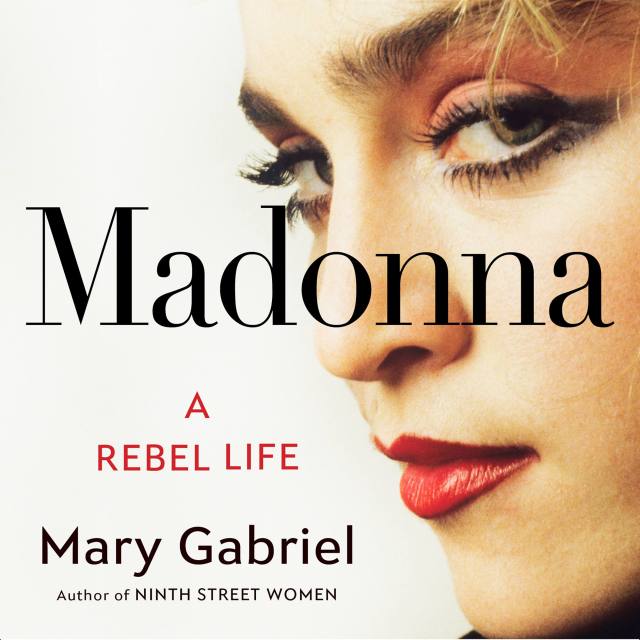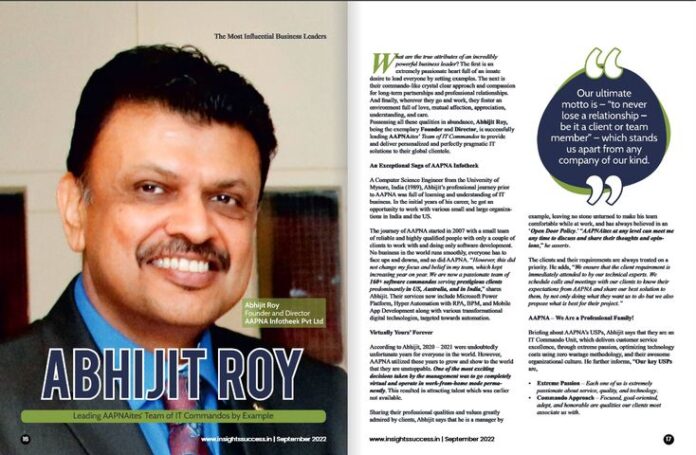Andy Warhol, a towering figure in the art world, revolutionized the landscape of contemporary art with his distinctive approach to Pop Art. Emerging from the vibrant art scene of the 1960s, Warhol’s work transformed the mundane into the extraordinary, challenging traditional boundaries of art and culture. His studio, The Factory, became a hub of creativity and innovation, producing some of the most recognizable and provocative works of the 20th century. This article explores Warhol’s early life, his iconic works, and the unique techniques that defined his style. Beyond his artistic achievements, we will delve into Warhol’s impact on popular culture, his legacy, and the controversies that continue to surround his work.
Let’s explore this topic in detail with xotools.xyz
1. Introduction
Andy Warhol, a pivotal figure in the art world, is celebrated for his transformative influence on modern art and culture. Emerging as a leading force in the 1960s, Warhol redefined the boundaries of artistic expression with his unique approach to Pop Art. His work, characterized by its focus on consumer culture and mass media, challenged traditional notions of what art could be. Warhol’s studio, The Factory, became an iconic space where creativity and celebrity intersected, producing some of the most recognizable and provocative works of the 20th century. This article delves into Warhol’s early life and artistic journey, tracing his rise from commercial illustrator to avant-garde icon. We will explore the significant era of The Factory, his most iconic works, and the innovative techniques that set his art apart. Beyond the realm of art, Warhol’s influence permeates popular culture, shaping the way we view celebrity, consumerism, and the art world itself. This examination will also address his enduring legacy, as well as the criticisms and controversies that continue to spark debate.

2. Early life and artistic journey
Born Andrew Warhola on August 6, 1928, in Pittsburgh, Pennsylvania, Andy Warhol was raised in a working-class Slovak family. His early interest in art led him to attend the Carnegie Institute of Technology (now Carnegie Mellon University), where he earned a degree in pictorial design. After graduating, Warhol moved to New York City to pursue a career in commercial illustration. He achieved initial success through his advertising and magazine illustrations, which were distinguished by their bold, graphic imagery.
Warhol’s journey into the realm of fine art commenced in the late 1950s, as he began to explore themes of consumerism and mass media in his work. His early creations, featuring hand-painted canvases depicting commonplace items like soup cans and soda bottles, established the foundation for his later contributions to Pop Art. This period witnessed the genesis of Warhol’s experimentation with novel techniques and ideas, which ultimately reshaped the art world and solidified his status as a pioneering figure in contemporary art.

3. The Factory era
The Factory era, beginning in the mid-1960s, was a defining period in Andy Warhol’s career and a pivotal moment in the art world. Warhol’s studio, known as The Factory, became a renowned hub of creativity and experimentation in New York City. Located initially on East 47th Street and later on East 33rd Street, The Factory was more than just a workspace; it was a vibrant social and artistic gathering place.
During this time, Warhol collaborated with a diverse group of artists, musicians, and celebrities, blurring the lines between art and popular culture. The Factory was famous for its open-door policy, which attracted a wide array of figures from the avant-garde scene. Warhol’s production techniques evolved, including the use of silkscreen printing, which allowed for the mass production of artwork and the creation of iconic pieces like his Campbell’s Soup Cans and Marilyn Monroe portraits. This era solidified Warhol’s reputation as a leading figure in Pop Art and established The Factory as a cultural landmark.

4. Iconic works
Andy Warhol’s artistic legacy is defined by a string of iconic works that have profoundly impacted the art world. One of his most celebrated creations is the “Campbell’s Soup Cans” series, which elevated a commonplace consumer good to the status of high art. Through the artistic representation of these everyday objects, Warhol questioned the conventional ideas of artistic merit and originality.
“Another seminal work is “Marilyn Diptych,” a silkscreen painting that portrays Marilyn Monroe. This piece exemplifies Warhol’s fascination with celebrity culture and mass media, showcasing Monroe’s image in a repetitive, almost mechanical manner that reflects the commodification of fame.”
Warhol’s “Brillo Boxes” challenged traditional notions of art by presenting ordinary supermarket packaging as high art, blurring the distinction between commercial products and fine art. His “Gold Marilyn Monroe” exemplifies his mastery of this fusion, combining his iconic imagery with opulent gold leaf backgrounds, elevating pop culture to the realm of artistic grandeur.
These works, along with others, highlight Warhol’s distinctive approach to art, placing consumer products and celebrities at the forefront of his creative focus. Through his groundbreaking techniques and thought-provoking subjects, Warhol revolutionized art itself and left behind a lasting impact that continues to shape both contemporary art and popular culture.
5. Warhol’s techniques
Andy Warhol’s artistic revolution was fueled by innovative techniques, with silkscreen printing being a cornerstone. This method, borrowed from commercial advertising, allowed Warhol to create multiple, identical copies of his art with unparalleled precision. By embracing mass production, Warhol challenged traditional notions of fine art and highlighted the pervasive influence of consumerism in contemporary society.
Warhol’s work, such as his “Campbell’s Soup Cans” and “Marilyn Diptych” series, often featured repetitive imagery. Through this repetition, he explored the pervasiveness of consumerism and media saturation in society. His bold, vibrant colors and stark contrasts heightened the visual impact of his art, making it instantly memorable.
Warhol’s artistic process extended beyond his innovative techniques to embrace collaboration. At The Factory, he worked in a collective environment with assistants and other artists, blurring the lines of individual authorship. This approach reflected the commercial art world’s impact and challenged traditional views of artistic creation. His innovative methods were instrumental in developing his unique style and securing his lasting legacy in art history.
6. Beyond Pop Art
Andy Warhol’s influence extended beyond Pop Art, impacting various aspects of culture and media. His exploration of celebrity culture transcended traditional art boundaries, influencing not only visual aesthetics but also the broader landscape of fame and media. By working with renowned figures like Marilyn Monroe and Elvis Presley, Warhol highlighted the interplay between art and popular culture, establishing celebrity as a central theme in his work.
Warhol’s influence extended beyond the realm of visual art, permeating both filmmaking and music. He was a pivotal figure in the avant-garde film movement, producing experimental films like “Empire” and “Sleep,” which defied traditional narrative structures and aesthetic conventions. His association with The Velvet Underground exemplified his impact on the music industry, as his production and promotional efforts were instrumental in fostering their distinctive and innovative sound and style.
Warhol’s entrepreneurial spirit, viewing art as a business, had a profound impact on the art market and the commercialization of creativity. His methods of producing art through collaboration and mass production foreshadowed contemporary trends in art and media, highlighting his enduring influence across various disciplines. This legacy transcends Pop Art, leaving a lasting mark on the cultural landscape.
7. Warhol as a cultural icon
Andy Warhol became a cultural icon whose impact transcended the art world. His work redefined celebrity, seamlessly merging art and popular culture to resonate with a wide audience. Warhol’s fascination with fame and consumerism mirrored a burgeoning obsession with celebrity culture, solidifying his position as a symbol of the era’s evolving perspectives on fame and commercialism.
Warhol’s public image was as captivating as his artistic creations. His signature style, defined by platinum blonde hair and dark sunglasses, became a symbol of his enigmatic personality and artistic vision. He masterfully maneuvered the media, leveraging his public persona to amplify his impact and ensure his continued prominence in the cultural landscape.
Warhol’s work and public image captured the spirit of a swiftly changing society, where art, celebrity, and consumerism intertwined. His ability to both reflect and mold cultural trends solidified his place as a key figure in contemporary culture. Warhol’s legacy remains a testament to his significant influence on art, media, and the overall cultural landscape.
8. Warhol’s legacy
Andy Warhol’s legacy is profound and multifaceted, extending beyond his own time. His groundbreaking use of silkscreen printing and his focus on mass-produced imagery revolutionized artistic practices, inspiring countless contemporary artists and blurring the lines of what constitutes art. Warhol’s unique ability to blend art with consumer culture and celebrity has left an indelible mark on both the art world and popular culture, making him a key figure in understanding the convergence of these realms.
Warhol’s innovative art-making methods and his distinctive fusion of commercialism and creativity have spurred new generations to explore and challenge conventional artistic boundaries. His lasting influence on the art market, media, and cultural perceptions of fame is undeniable, as his work continues to provoke thought and discussion. Through his art and his larger-than-life persona, Warhol has left a legacy that reflects the complexities of modern life and continues to shape contemporary art and culture.
9. Criticisms and controversies
Andy Warhol’s art was not universally praised. A significant point of debate centered on his use of commercial techniques, like silkscreen printing. Some critics argued that these techniques diminished the traditional importance of originality in art. By creating numerous copies of the same image, Warhol was accused of weakening the concept of artistic individuality and challenging established ideas about who owns the authorship of a work.
Warhol’s preoccupation with celebrity culture and consumerism sparked controversy regarding the superficiality of his art. Critics argued that his work lacked depth and intellectual substance, effectively reducing art to mere commodities driven by commercialism and media influence. The repetitive and mechanized methods he employed in portraying celebrities were perceived by some as exploitative or dehumanizing.
Warhol’s personal life was not immune to public scrutiny, his androgynous appearance and eccentric behavior frequently drawing both fascination and criticism. Despite these controversies, Warhol’s art has stood the test of time, and many of the debates surrounding his work continue to fuel discussions about the essence and purpose of contemporary art.
10. Conclusion
Andy Warhol’s impact on art and culture continues to resonate today, just as powerfully as it did during his lifetime. His revolutionary approach to Pop Art, marked by the use of commercial techniques and iconic imagery, redefined the limits of artistic expression and challenged conventional notions of originality and worth. Warhol’s work, spanning from his renowned silkscreen prints to his experimental films, both mirrored and magnified the cultural upheavals of the 1960s, merging art with consumerism and celebrity in unprecedented ways.
Warhol’s Factory, a vibrant hub of creativity and celebrity, cemented his place as a central figure in contemporary culture. His artistic vision and innovative techniques transcended Pop Art, influencing diverse fields such as film, music, and media. Warhol’s legacy is not confined to his art but extends to the broader cultural and commercial landscapes he helped to define.
Although Warhol’s work has been subject to criticism and controversy, it continues to spark reflection and ignite debate. His talent for capturing the essence of a swiftly evolving society, along with his profound influence on art and media, guarantees the enduring significance of his contributions. Andy Warhol’s lasting legacy stands as a testament to his status as a cultural icon who revolutionized art and left an indelible mark on the modern world.
xotools.xyz









